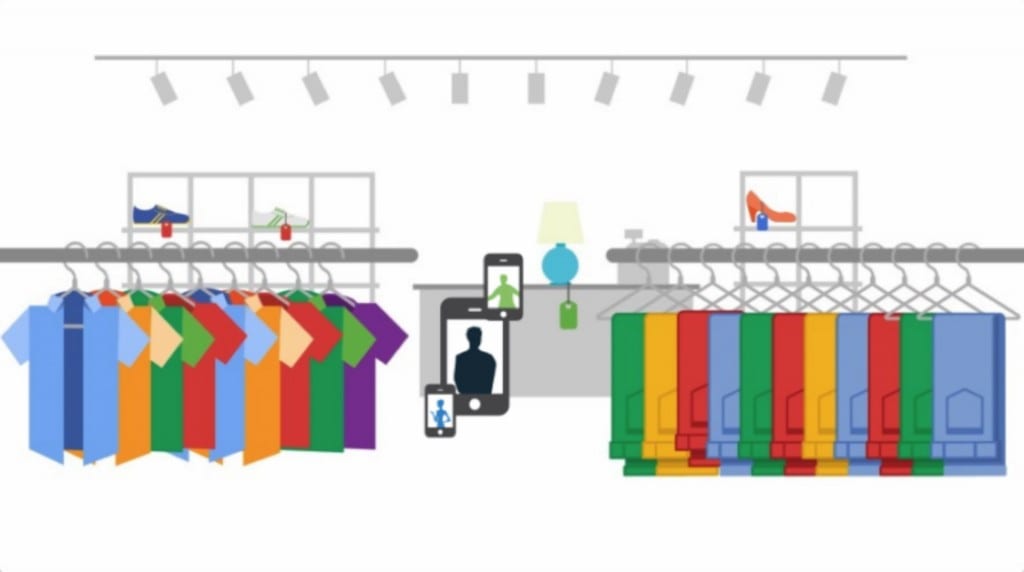
If you have been paying attention to developments in the e-commerce world, it’s unlikely that you have missed the news about the outcome of Singles’ Day.
Chinese e-commerce giant Alibaba recorded US$14.3 billion in sales on Nov. 11, eclipsing the most recent Black Friday shopping event in the United States, which only saw US$10.4 billion in sales.
Data from the China Internet Network Information Center shows that China has the world’s largest online population at 632 million people, and more than half of them, about 332 million, shop online.
Business-savvy Chinese retailers have not been shy on tapping into this massive pool, and their momentum has not shown any sign of slowing down.
According to iResearch, China’s online sales could reach 5.63 trillion yuan (US$867.1 billion) by 2017, or 15.7 percent of the country’s total retail sales.
The massive online market, especially in China, has lured many traditional retailers into establishing their own online channels, while interestingly, many pure-click retail businesses in China have also started to establish an offline presence with brick-and-mortar stores.
We refer to this strategy of leveraging both online and offline platforms to market a brand as “omnichannel marketing”.
This approach is becoming increasingly popular in recent years, especially with smartphones becoming a staple of modern life.
More and more retailers are seeking ways to unify the whole ecosystem, both technologically and logistically, with a view towards giving customers a mobile seamless interface to every service that the mall or retailer has to offer.
With the view that an effective omnichannel marketing strategy will help boost sales, improve brand recognition and strengthen customer loyalty, here are some tips for retailers yet to devise their own strategies to get a head start:
1. Mobile devices are your friend
It’s safe to assume that the majority of your customers own at least one smartphone. They’re the perfect gateway for you to communicate with your customers. First and foremost, make sure your online presence is mobile-optimized so that your customers get the best experience even when they’re on the road. Other things you can do to improve your brick-and-mortar shopping experience include making available an in-store map and letting customers check for stock while they’re connected to the Wi-Fi on-premises. Explore your options to interact with your customers meaningfully on mobile.
2. Understand your customers
There are many products widely available on the market to help you capture data about your customers. By analyzing the data with the right tools, you can get insights into your customers’ behavior to help you devise future sales strategies that are more attuned to your customers’ interests.
3. Tailor your content
Make good use of the insights gleaned from your Big Data analytics to tailor your communications content. Retailers who exploit mobile channels to disseminate generic marketing materials risk alienating their customers, while who those who make good use of their understanding towards their target audience and develop personalized content will win the hearts, and purses, of shoppers.
While there are a lot that can be done in omnichannel retailing, retailers should also keep in mind the importance of having a robust mobile engagement solution when pursuing different omnichannel strategies.
One of the first steps a retailer should take is to find the right technology partner. There are many successful cases across the Greater China region.
In China, for example, Wanda Group partnered with Aruba to improve the retail shopping experience in over 50 shopping malls through improved mobility.
Bauhaus, on the other hand, deployed Aruba’s solutions in its stores in Hong Kong and Macau to provide Wi-Fi to its customers and push out relevant, personalized content such as new arrivals and discount offers.
All these bring unprecedented experience to customers. When you combine location services with Wi-Fi and beacon technology, customers have a magical experience while retailers gain more loyal and engaged visitors who have a higher propensity to return and spend more.
We are entering the Mobile Engagement 2.0 era. For retailers without a sound omnichannel marketing strategy, especially those who haven’t made it online for fear that their efforts would be overshadowed by established e-commerce companies, it’s not too late to start.